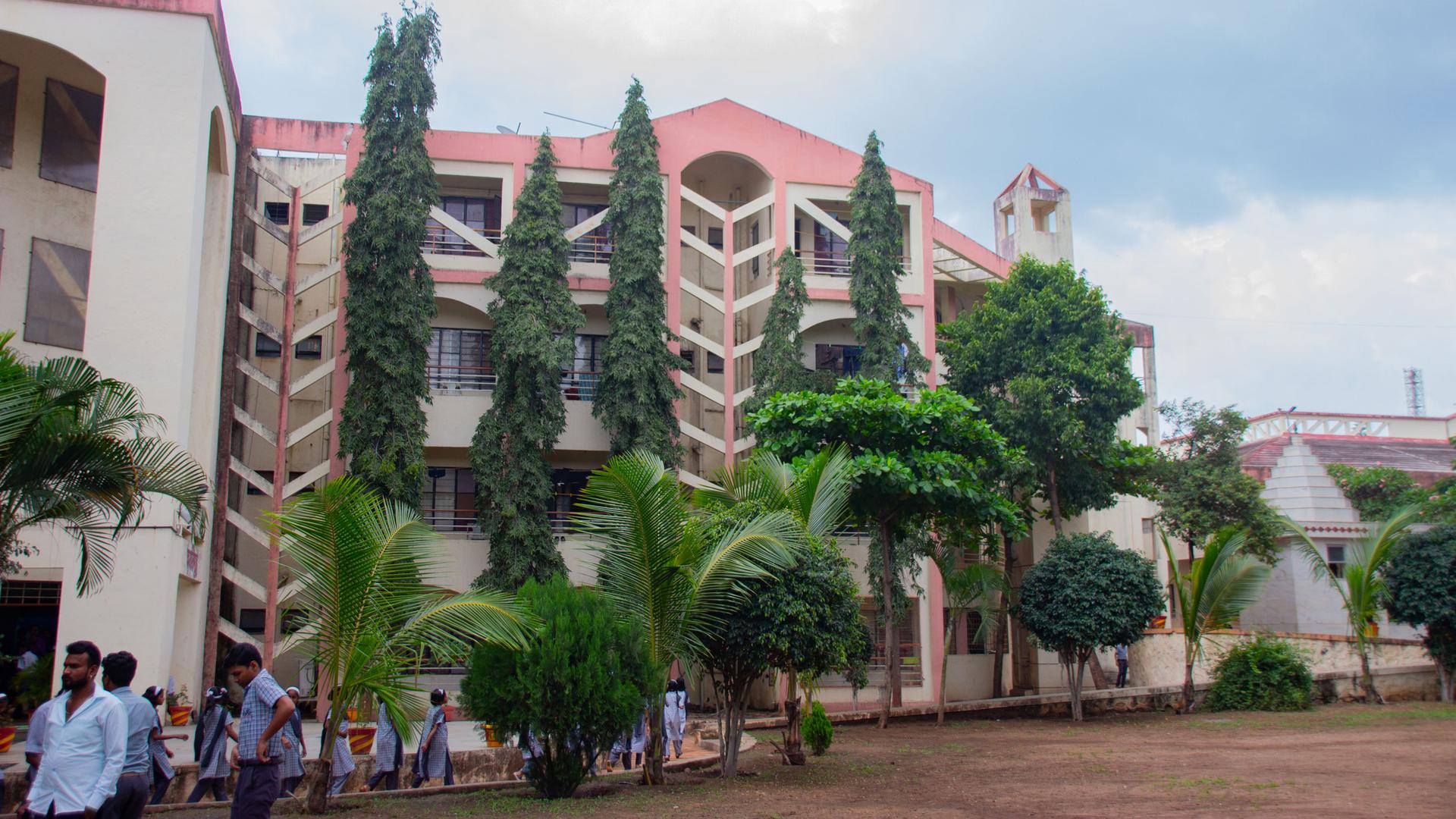30 years after a devastating earthquake, this school in India continues a legacy of support for survivors
Shantilal Muttha, a former businessman turned social entrepreneur, was greeted by a crowd of excited students on a recent visit to the school he founded in Pune, India.
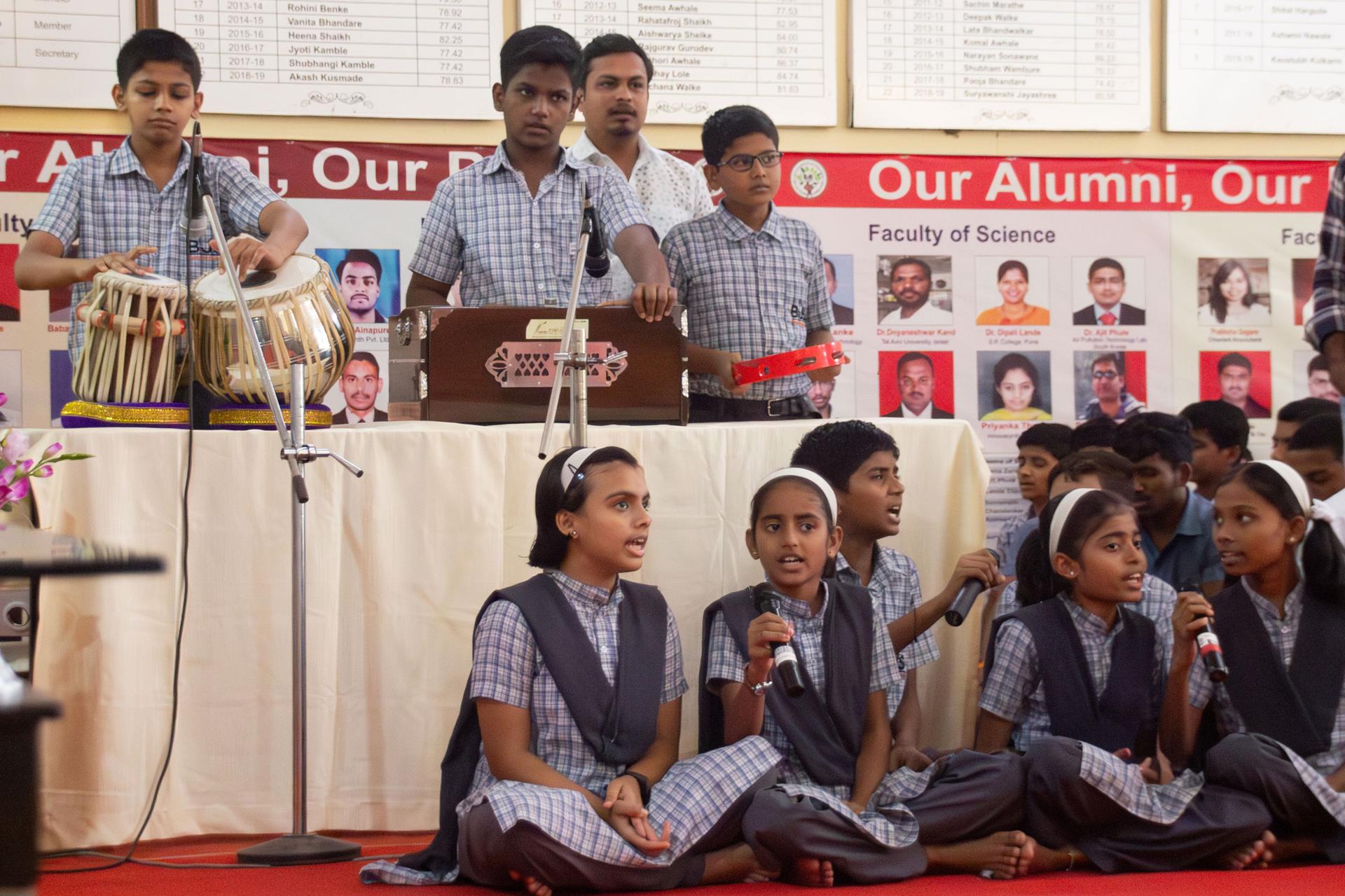
In the airy cafeteria, Muttha joked with children as they ate sweets and shared news with him about their progress. One teenage girl proclaimed that she wants to be a radio jockey when she grows up.
“I like it here a lot,” she said. “In fact, I don’t want to leave!”
The teen lost her parents to death by suicide when she was only 7, as part of an ongoing crisis in India in which several thousand farmers facing financial strain take their lives each year. (Her name is being withheld to protect her privacy).
Muttha established Bharatiya Jain Sanghatana, which oversees an educational rehabilitation school, specifically to support the complex needs of students who have experienced trauma and crises. BJS’ unique approach — offering high-quality education and mental health support — could offer a model for disaster relief around the world.
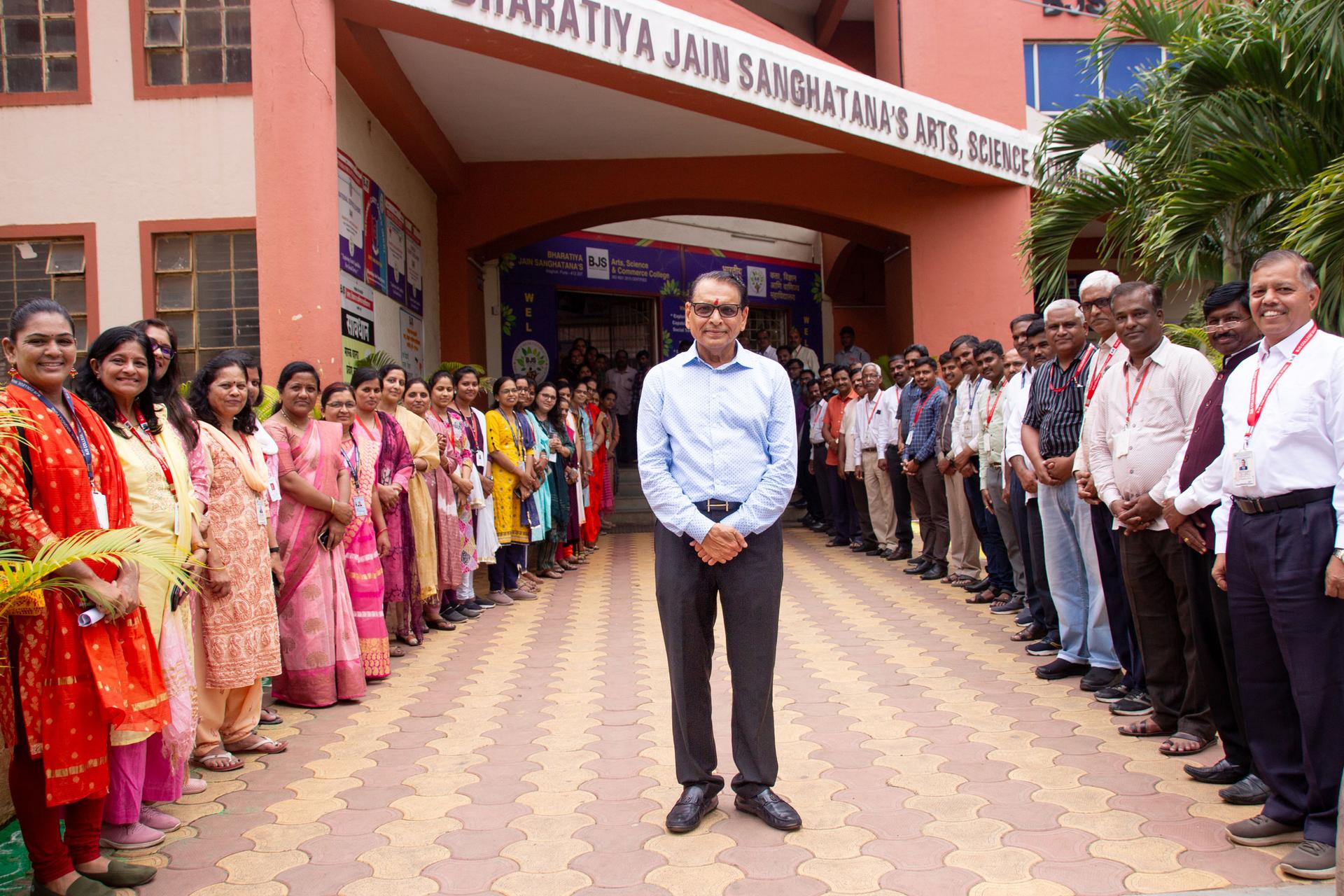
The school’s origins date back to a powerful earthquake 30 years ago, on Sept. 30, 1993. The magnitude 6.4 earthquake hit the districts of Latur and Osmanabad, killing approximately 10,000 people and destroying more than 50 villages.
On the day of the earthquake, Muttha said he raced to Latur to distribute food and supplies. He was struck by the stunned looks on the children’s faces and worried about the lasting trauma.
Muttha himself knows about grief and survival. He grew up in a drought-prone area of Maharashtra and lost his mother as an infant.
“I faced a lot of challenges in my childhood,” he said.
Muttha found success in real estate, but it left him unfulfilled, he said. He closed his business at the age of 31 to focus more on humanitarian work.
Less than a month after the earthquake, Muttha arranged with local authorities for 1,200 children from earthquake-stricken villages to study seven hours away, in the city of Pune, where he had access to resources as a businessman.
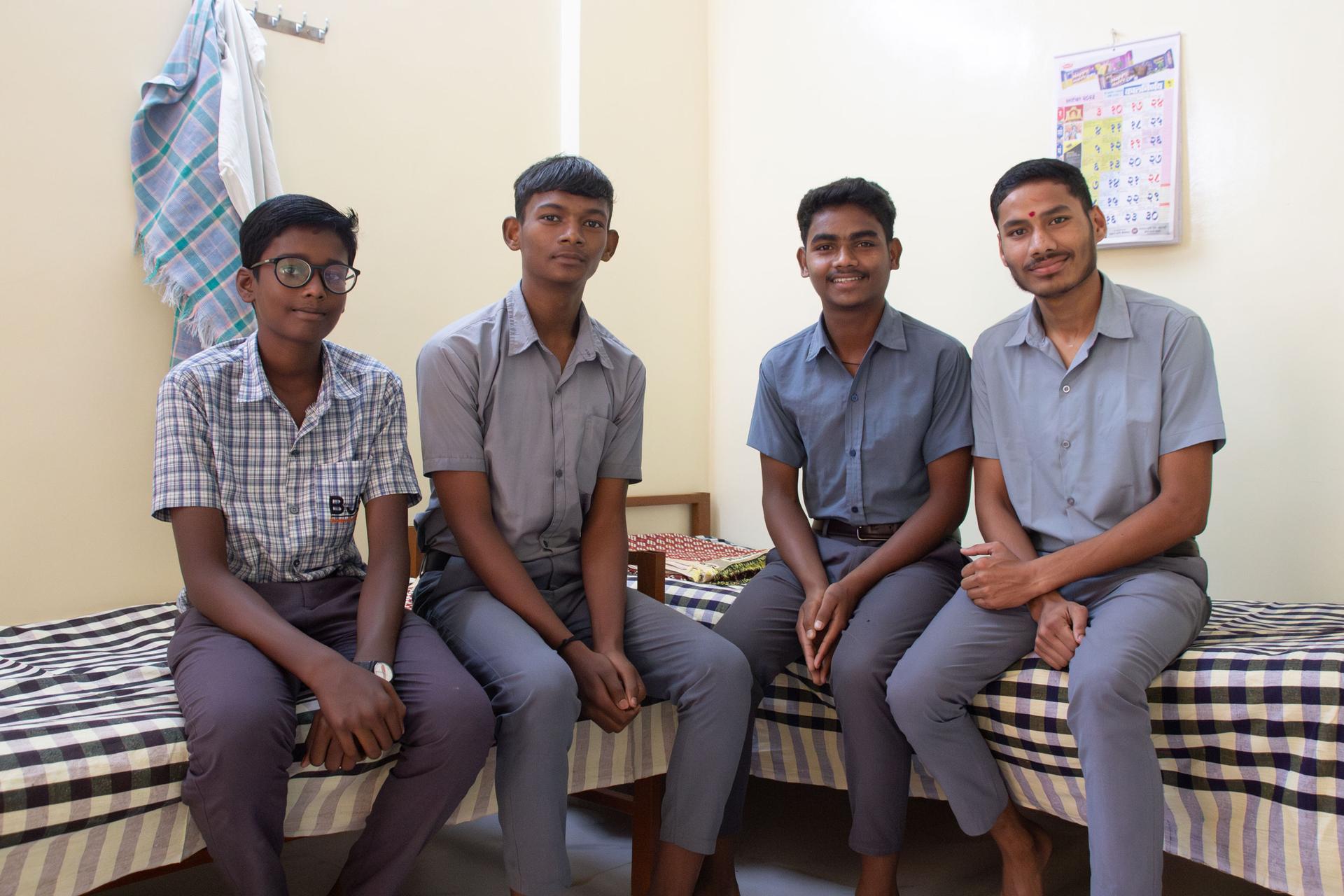
“We lost one generation because of [the] earthquake,” he said. “And now, I’m afraid we will lose the young generation because of psychology.”
Teachers from Pune and across the country were eager to help provide education, shelter and mental health support to the students. To ease the transition, Muttha made a point to hire 20 teachers from the earthquake-struck regions.
At first, Muttha rented a school for the students to quickly restart their education. Several years later, he purchased 10 acres of land and opened a sprawling campus in 1997.
Ashok Pawar was one of the teachers who left his earthquake-damaged village to teach science at BJS. He said children struggled at first to adjust to their new environment.
“After bringing them here, caring for them was really difficult. Sometimes, there were 200 children all crying together at one time.”
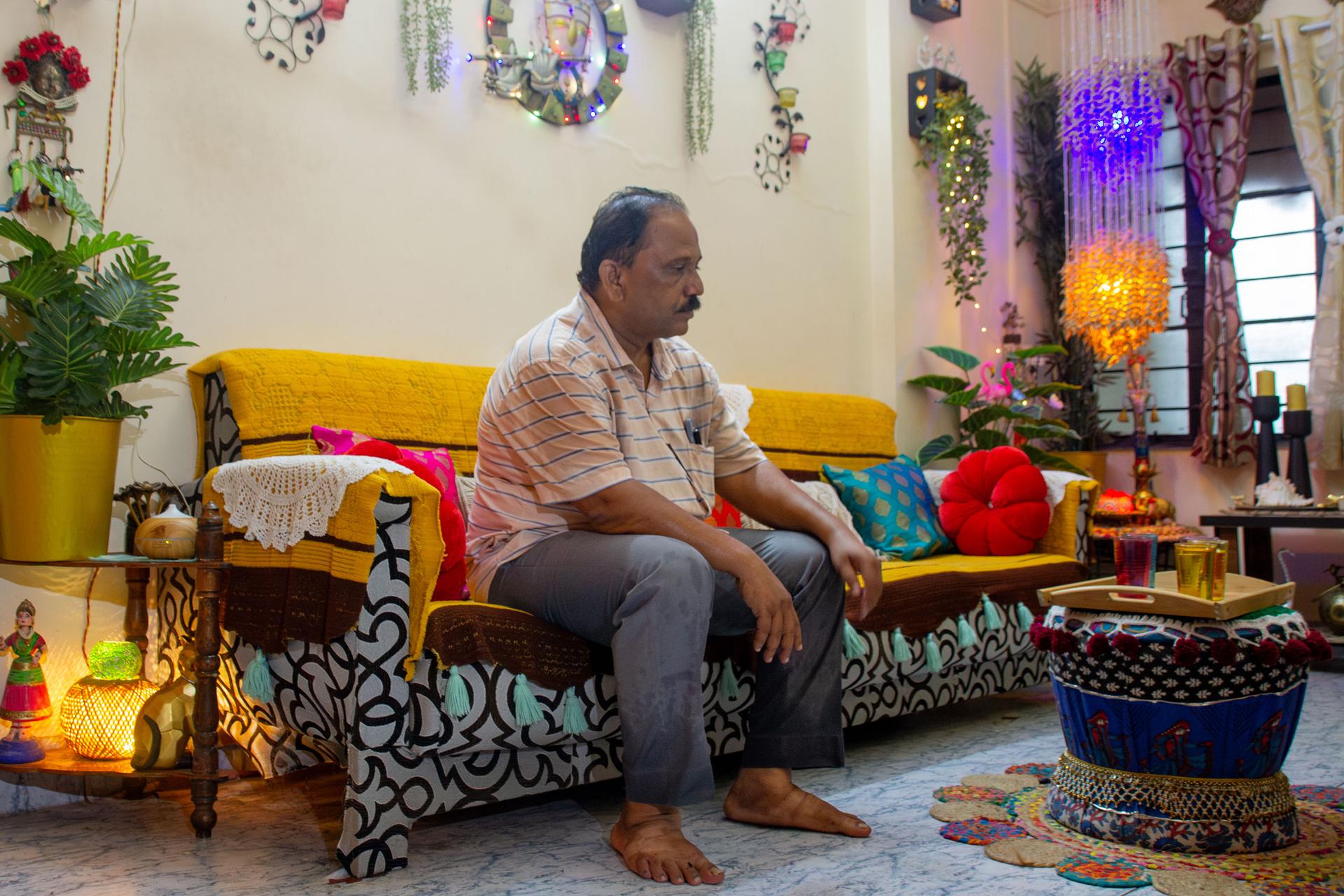
Many children were terrified to sleep in their eight-story dormitories, convinced they would collapse.
But with time and access to therapists and teachers, most of the children formed bonds with each other and school staff.
After several years, the original group of children began to graduate and leave.
Muttha then decided to admit more students from across India, with a particular focus on children who had experienced disasters.
An ongoing mission
Today, about 400 students live and study on campus — many of whom have lost parents to death by suicide, natural disasters or COVID-19.
The students have continuous access to trained medical staff, weekly therapist visits and meditation spaces. Approximately 125 teachers at the school also receive training on how to provide their students with mental health support. Students are encouraged to maintain strong connections to their families and communities and often return home for holidays.
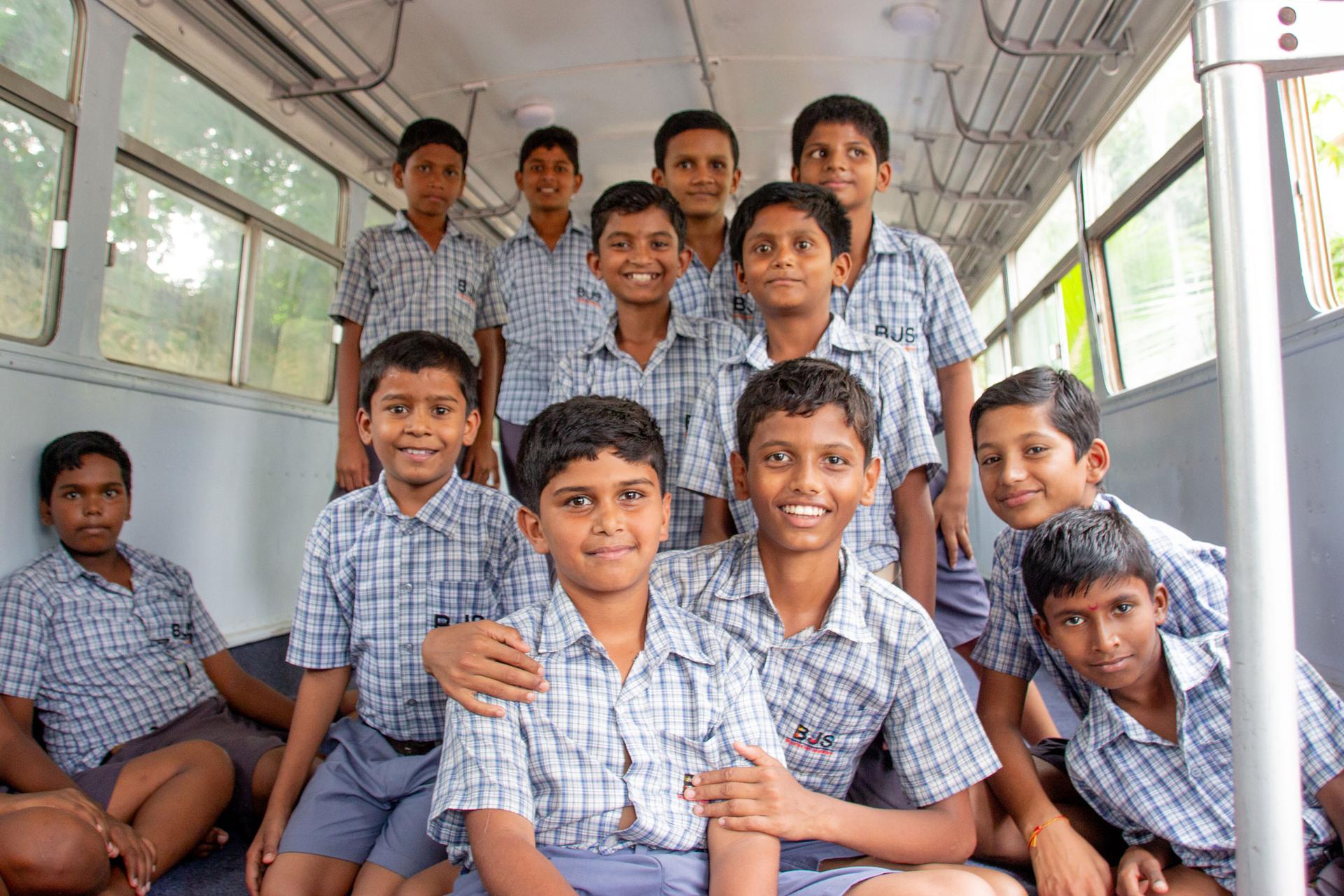
Children who have experienced these types of traumas typically have a very difficult time recovering without proper support, according to Irwin Redlener, founder of the National Center for Disaster Preparedness at Columbia University.
Those deprived of emotional and psychological support and educational continuity lose opportunities for future success, he added. Particularly for children from impoverished backgrounds, “the outcome is very dim.”
The trained pediatrician said initiatives like BJS are essential, noting the school’s emphasis on maintaining continuous ties between students and their families.
“The question is, could it be scaled up?”
Redlener himself founded a program that directs aid to organizations in Ukraine that support the psychological and educational needs of children experiencing war in Ukraine.
“It is very important that the rest of society figures out ways to remediate the educational loss of children who have been disrupted and also manage the emotional and psychological support that they might need,” he said.
Lasting impact
More than 4,500 students have graduated from BJS over the past 30 years.
The majority of the original 1,200 students now work in public service as scientists, social workers, police officers and teachers.
Babasaheb Dudhbhate, a former student who suffered a leg injury in the 1993 earthquake, is now a history professor at a college in Pune.
“Our past is very dark, and we can never forget that,” he said. “But from this dark past, Bhartiya Jain Sanghatana has given us a direction, an opportunity, a chance.”
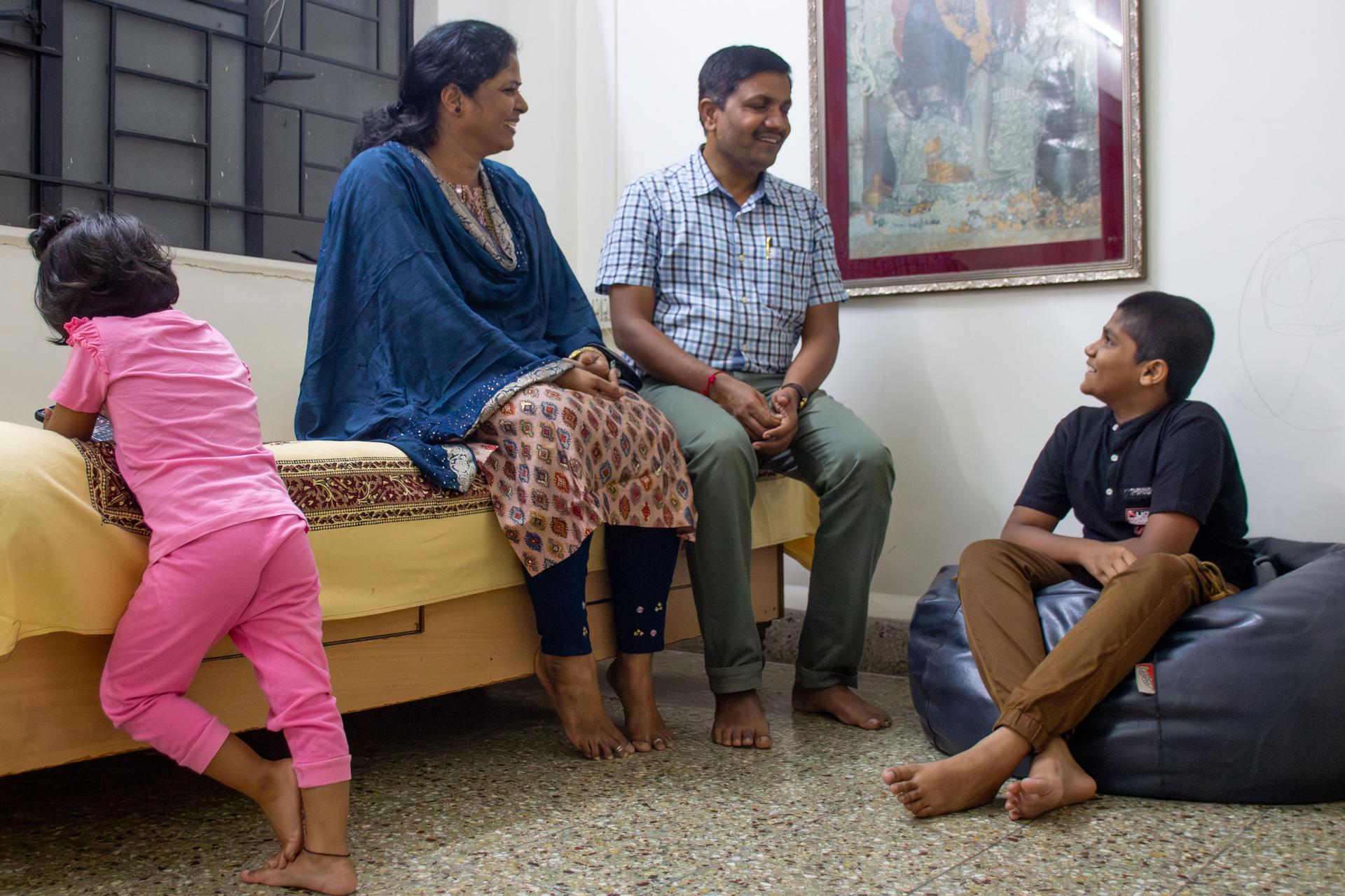
When an earthquake struck the state of Gujarat in 2001, many BJS students immediately joined relief efforts on the ground.
Each year, former students volunteer in one of the 50 villages destroyed by the 1993 earthquake. They teach farmers how to access government benefits and mentor younger students.
For Muttha, this spirit of service was always one of the main goals of his institution.
“After 10 years, 20 years, how their lives have changed!” he said. “And how they have impacted [hundreds of thousands] of people in their lives … whatever they want to achieve, they can achieve. But they will take care of others.”
Muttha hopes this approach to disaster relief — offering a high-quality education, a focus on mental health and prioritizing service — becomes a blueprint for others in India and beyond.
